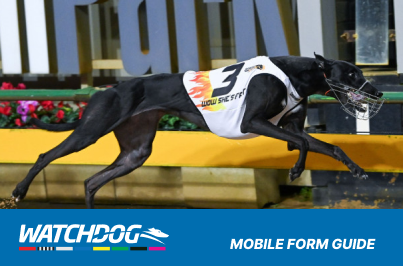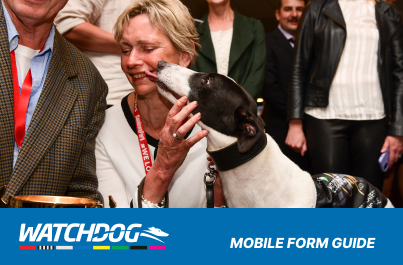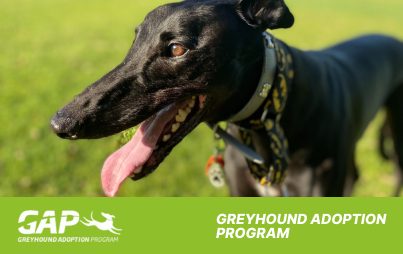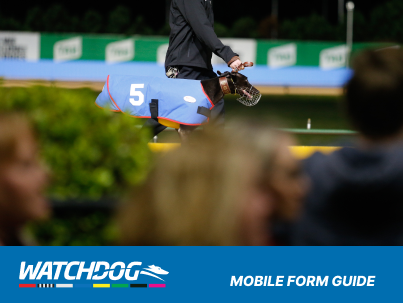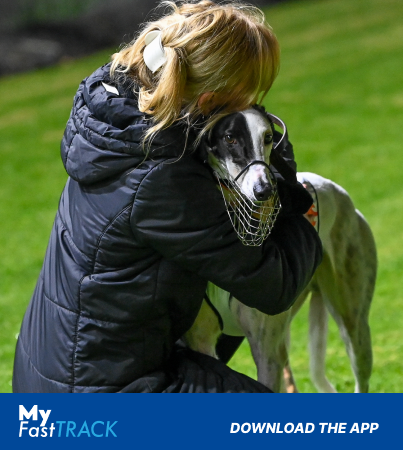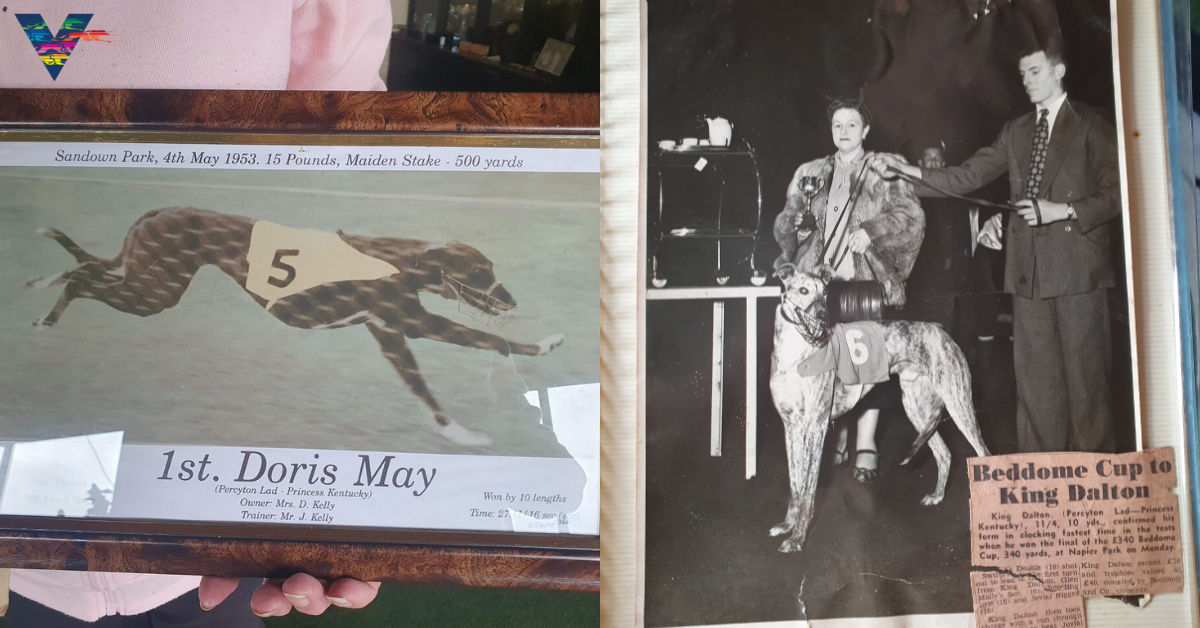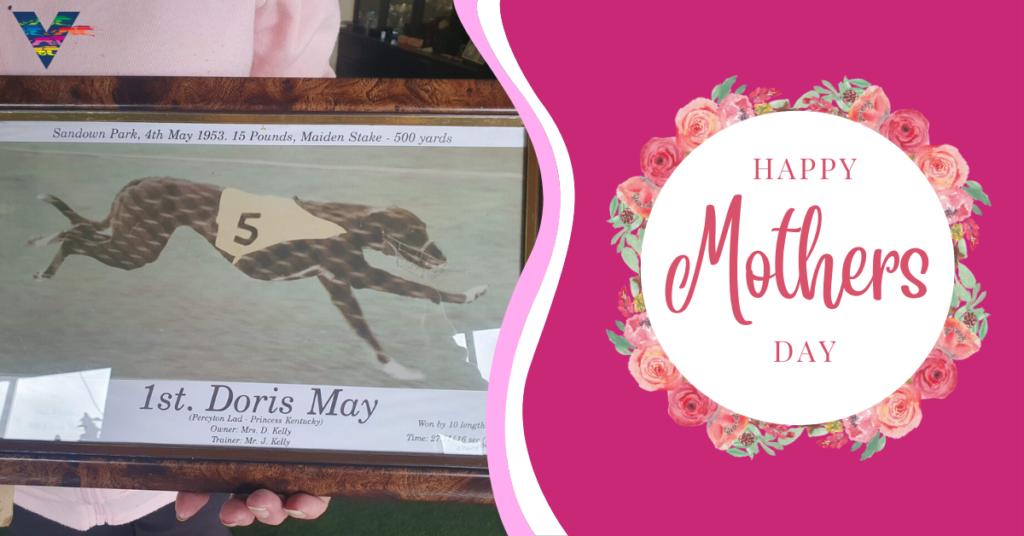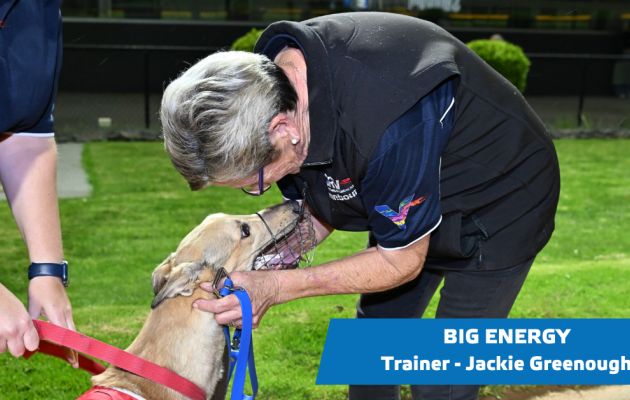1950s Melbourne, at face value, was a little dull. Men had returned from the war, and women had returned to the kitchen, providing the late great comedian and satirist Barry Humphries with marvellous inspiration for his character, housewife, Dame Edna Everage.
However, during the 1950s not all Melbourne housewives were created equal. One such woman was Doris May Kelly.
As a housewife, in the respectable Melbourne suburb of Camberwell, Doris was also a highly sought-after dressmaker, with clients including Barry Humphries’ mother. By 1950s standards, such polite acclaim should surely have provided Doris Kelly with a level of respectable satisfaction beyond that of her housekeeping duties.
But Doris dared to crave a little bit more. So, together with her son John, they became greyhound trainers. And, in defiance of the convention of the times, the very stylish Doris May Kelly unknowingly began to ‘fashion’ the bloodlines for the next three generations of her family to follow in her footsteps.
The early days of greyhound racing for Doris and John Kelly had them experience victories with their greyhounds at racetracks that are long lost to inner-city development.
Obtaining their first two greyhounds, littermates King Dalton and Doris May (Percyton Lad x Princess Kentucky) in 1950, Doris May won her Maiden event for the mother-and-son training combination at the old Sandown track by 10 lengths! And the Kellys were making a distinct impression on the ‘not so dull’ Melbourne greyhound racing scene. In 1953, at Napier Park, North Essendon, winning the Beddome Cup, the Kellys runner, King Dalton, defeated a heavily backed greyhound prepared by legendary trainer and bookmaker, the late Carl Haas.
